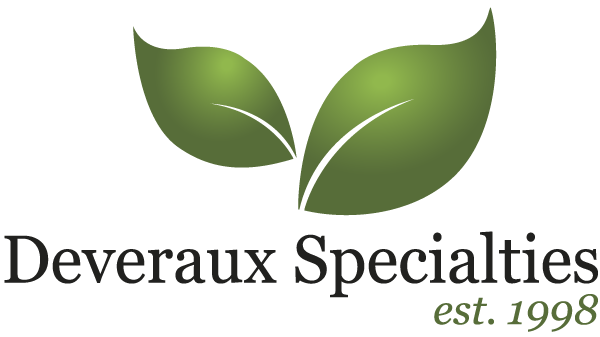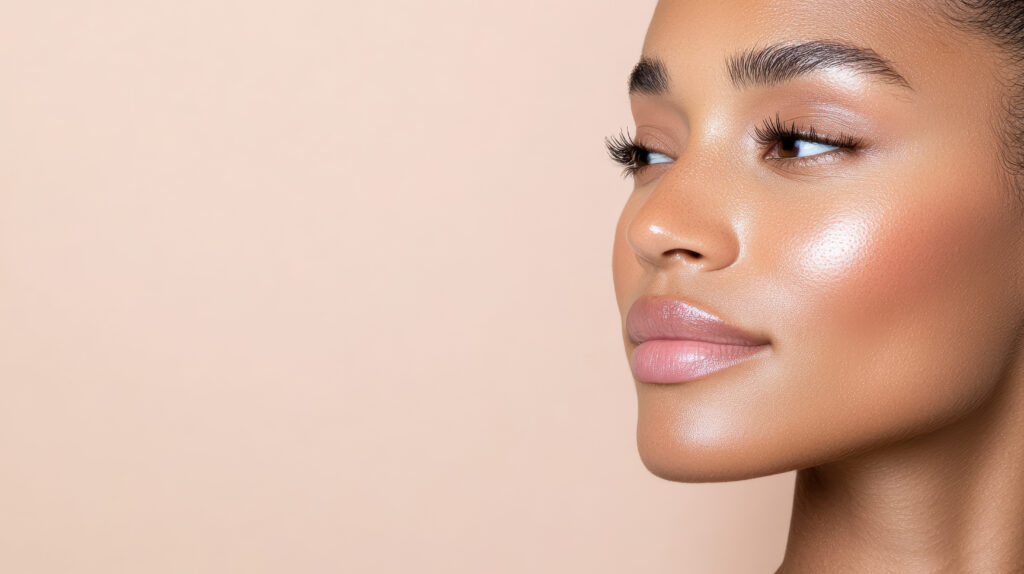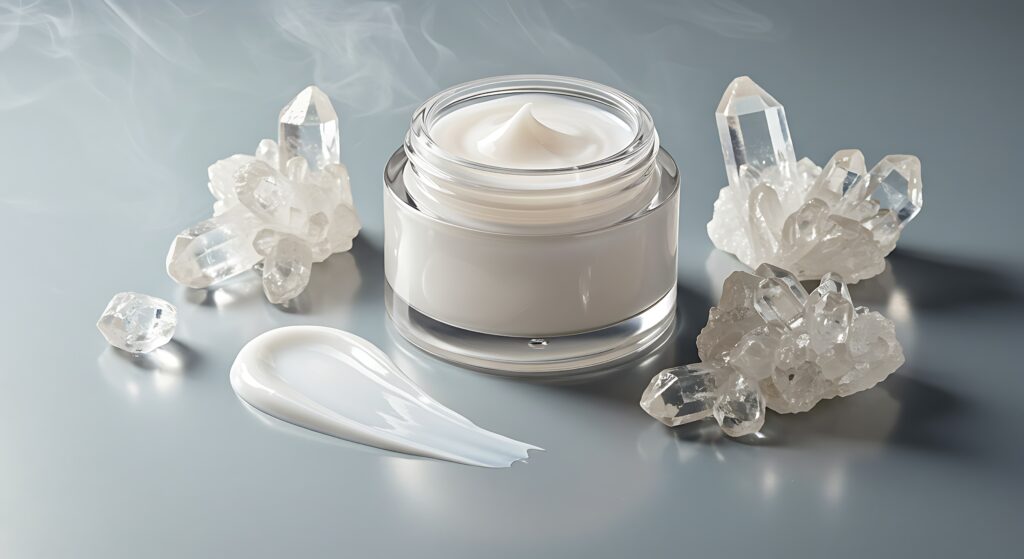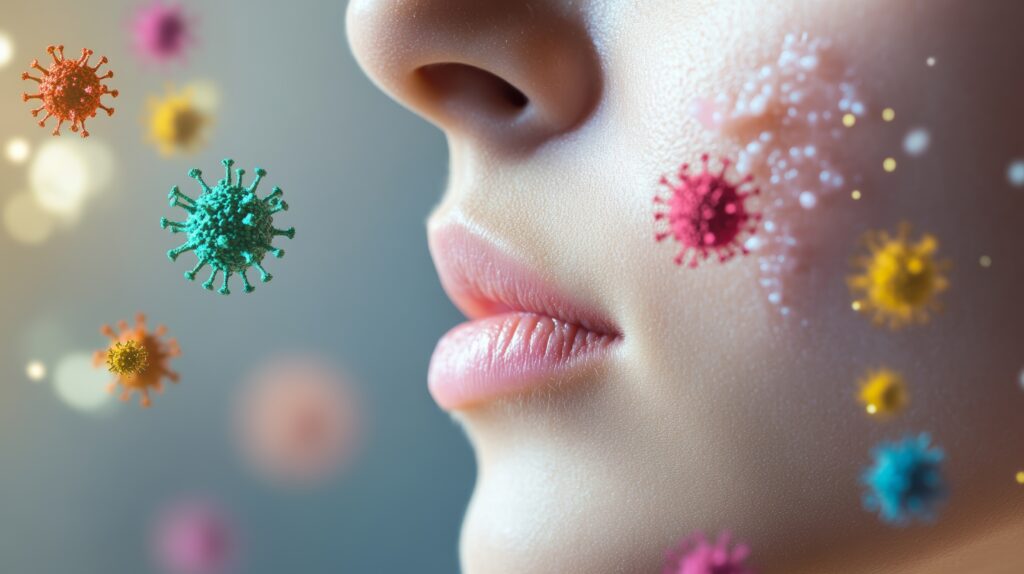The New Barrier Brief for Formulators
“Hydration” is not the same as barrier intelligence. Cosmetic skin care increasingly lives under daytime stressors—UV, pollution, heat, dryness, frequent cleansing—that elevate reactive oxygen species (ROS) in keratinocytes, disrupt tight junction integrity, and amplify subclinical inflammation. The result is familiar: good sensory and short-term moisturization that still fails on TEWL recovery, redness, and comfort over time. Mechanistically, oxidative events don’t just accompany skin deterioration—they help propel it. That’s why barrier health falters under a modern exposome unless the formula actively supports endogenous defenses rather than relying only on exogenous scavengers.
In parallel, postbiotics—defined by the ISAPP consensus as “preparations of inanimate microorganisms and/or their components that confer a health benefit on the host”—have matured from a concept to a practical, formulation-friendly class. For topical use, that definition matters: non-viable bacterial lysates and their structural components can be standardized, stored comfortably, and delivered precisely—without the viability constraints of probiotics.
Endogenous Defense Neglected: Why Exogenous Antioxidants Plateau
First, ROS is not merely a nuisance side-effect of sunlight or pollution. Elevated ROS burdens oxidize proteins (keratins, collagen), modify signaling, and prime inflammatory cascades. Over time, this accelerates the appearance of aging and degrades barrier function, particularly when consumers layer SPF, actives, and daily cleansers that repeatedly stress the epidermis. The literature is consistent: oxidative mechanisms are central to photo- and chrono-aging, and controlling ROS in keratinocytes is essential if you want durable barrier outcomes.
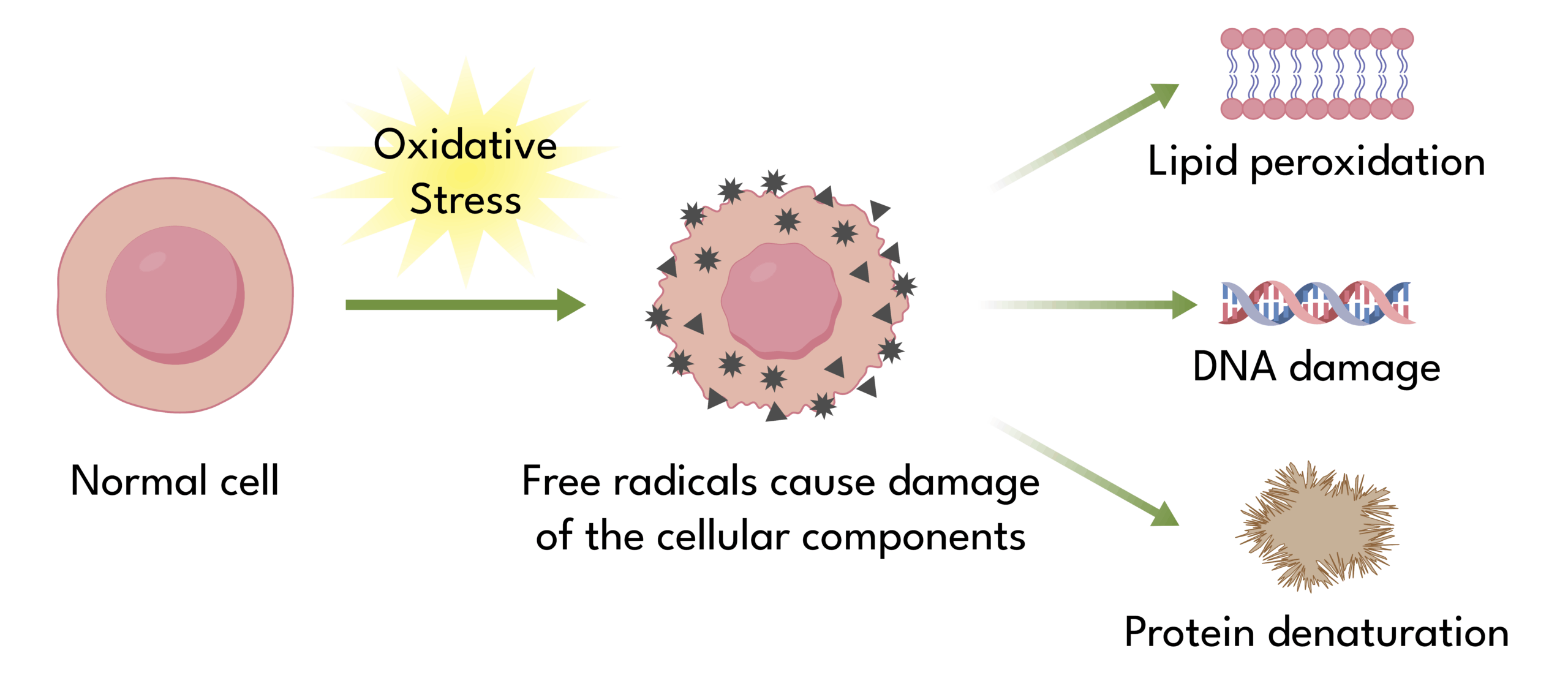
Second, barrier integrity is more than lipids in the stratum corneum. Tight junctions in the stratum granulosum form a dynamic paracellular seal; changes in claudin-1 and other TJ proteins correlate with impaired barrier and increased inflammatory signaling. That’s why “moisturized but reactive” skin is common: SC lipids can be replenished while paracellular permeability and immune tone remain dysregulated. For formulators, a barrier-intelligent approach supports both the SC and tight junction layers.
Third, formulators need evidence that survives scrutiny. Beyond in-vitro scavenging, you want data that link topical inputs to endogenous defense: increased antimicrobial peptide (AMP) expression, reduced pathogen adhesion, improved barrier-gene expression, lower keratinocyte ROS, and human-relevant outcomes. The literature on topical postbiotic lysates now checks these boxes.
Barrier Intelligence with CefiraProtect CLR™
CefiraProtect CLR™ (CLR Berlin) is a vegan, fermented, postbiotic ingredient derived from Lactobacillus kefiranofaciens and enriched in kefiran. It is designed to help skin maintain oxidative balance, protect vital proteins from free radical damage, and improve resilience. From a formulation standpoint, it comes unpreserved with a broad pH window (approx. 3–9), enabling use in gels and emulsions without fighting typical preservative systems. INCI listing includes Betaine, Isomalt, Lactobacillus Ferment Lysate, and Kefiran—useful for minimalist systems with high consumer acceptance.
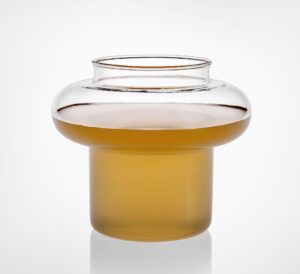
Why a postbiotic for barrier intelligence? Because the strongest evidence points to “training” skin’s own defenses. In a reconstructed human epidermis model, a heat-treated Lactobacillus preparation reduced S. aureus binding by up to 74% while upregulating AMPs (e.g., hBD-2, psoriasin), demonstrating that non-viable bacterial fractions can modulate innate defense and the surface ecology—without the logistical burden of live microbes.
Human data mirror this direction. In adults with atopic dermatitis, a lotion containing heat-treated Lactobacillus johnsonii lowered S. aureus load by ~1 log10 and improved local SCORAD in just three weeks. While AD is a disease state, the mechanism—strengthening cutaneous defenses and reducing colonization pressure—is directly relevant to sensitive skin care and daily resilience. Postbiotic signaling isn’t about quick masking; it’s about improving the skin’s own stability under stress.
Self-Defense, Measured: Oxidative Load to Comfort Scores
Endogenous antioxidant and anti-inflammatory support.
CefiraProtect CLR™ is a vegan, kefir-derived postbiotic lysate designed to shift skin away from a damage-control mindset and toward self-protection. In vitro and ex vivo testing shows a meaningful reduction in free-radical formation (≈20%) alongside restoration of the skin’s own antioxidant potential after stress exposure. Practically, that means the active doesn’t just donate scavengers; it supports the cellular machinery that keeps oxidative load in check during real-world use.
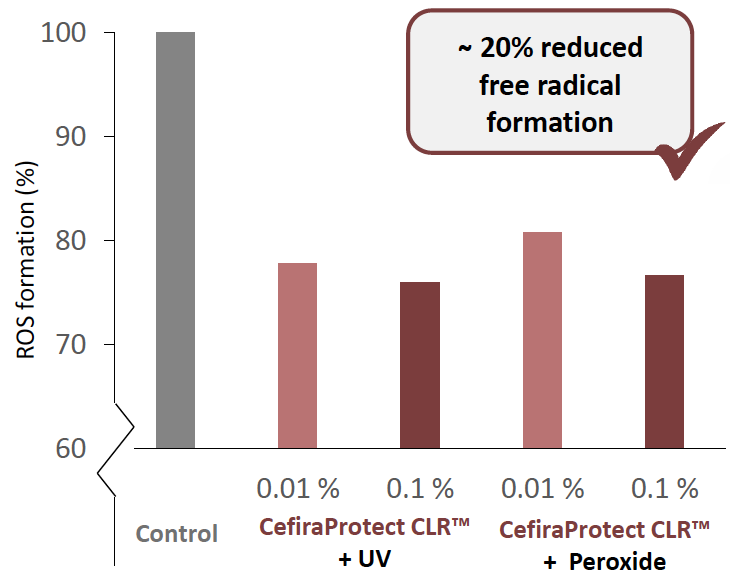
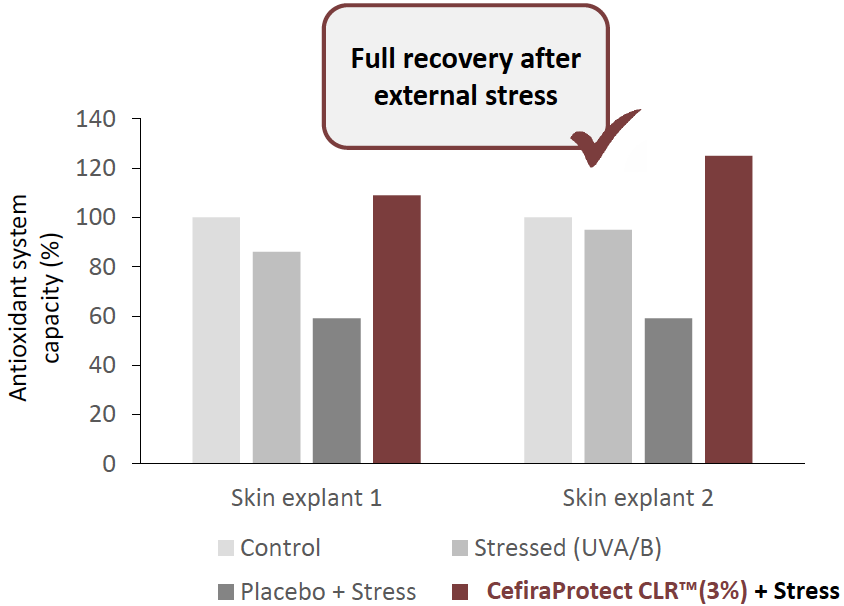
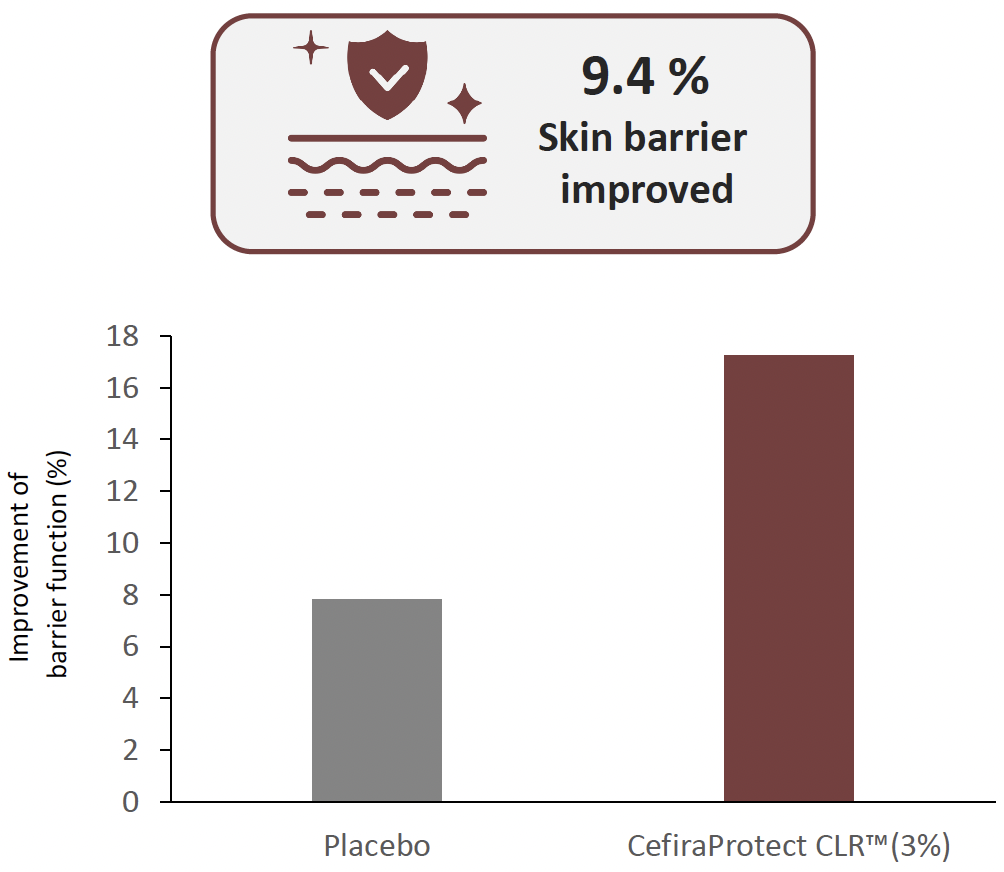
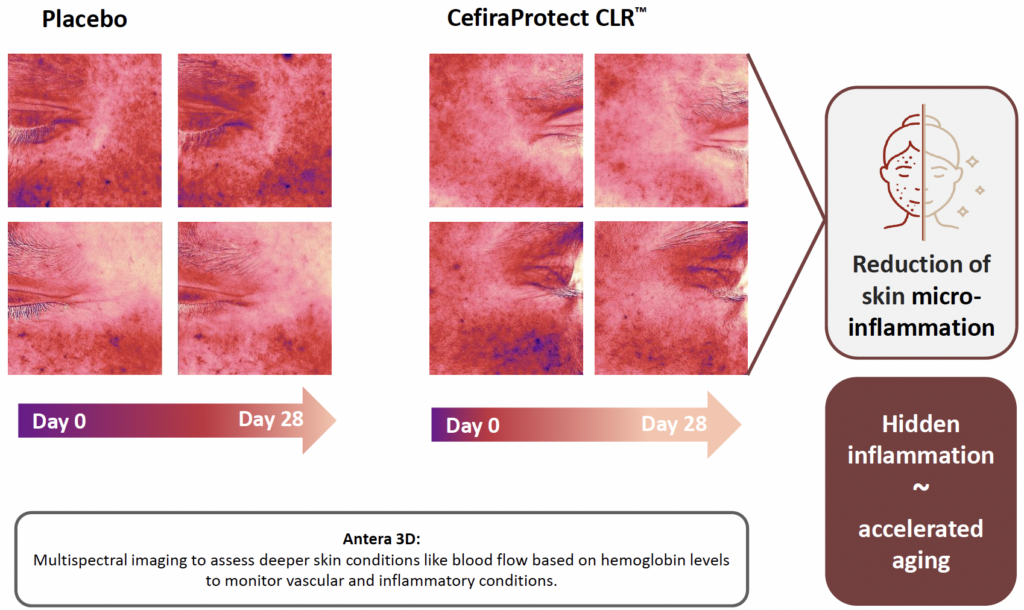
That upstream control translates into calmer skin under routine provocations. Across 28-day facial use at 3%, subjects saw a measurable improvement in barrier function by Tewameter® (≈9.4% TEWL reduction) and a more efficient decline in “hidden inflammation,” quantified by Antera 3D hemoglobin mapping versus placebo. Together, these endpoints—lower oxidative pressure and reduced micro-redness—are the performance core of barrier intelligence: comfort improves because the barrier is genuinely under less biochemical strain.
Protection from UV-driven oxidative damage.
Keratinocyte ROS spikes under UV are a principal driver of protein oxidation, signaling noise, and downstream discomfort. CefiraProtect CLR™ addresses this with tissue-level evidence. In ex vivo photostress models, treatment restored antioxidant potential after UVA challenge and delivered “skin-deep” protein protection—visualized across the stratum corneum, viable epidermis, and dermis. The >18% protection of structural proteins is especially relevant to sensorial stability and end-of-day comfort when formulas are layered with SPF or long-wear makeup.
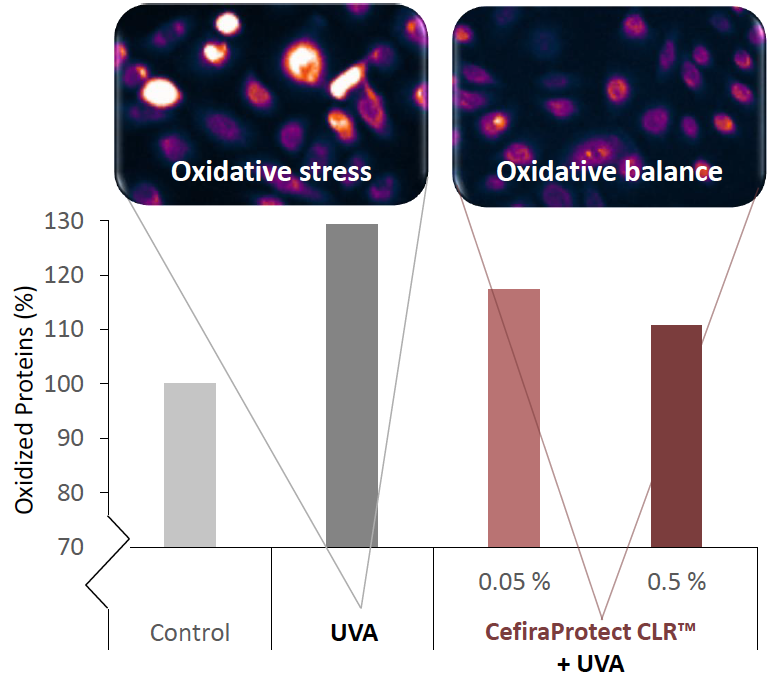
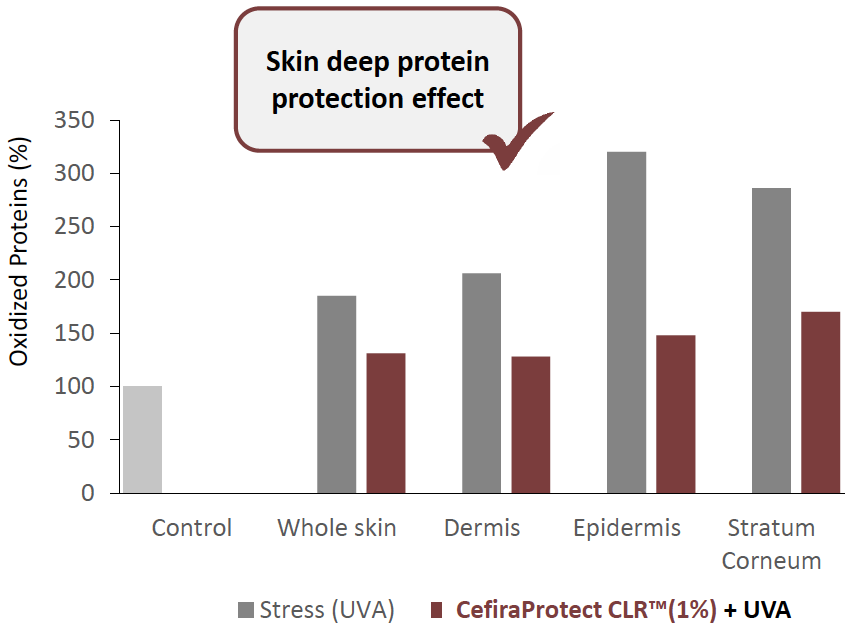
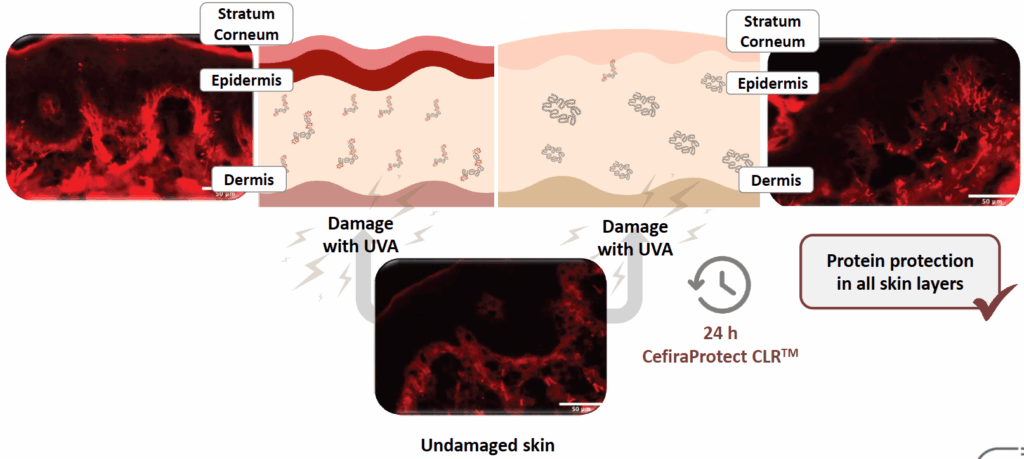
Because the active protects protein integrity rather than masking symptoms, it pairs well with daytime formats. Formulators can confidently place CefiraProtect CLR™ into gel-creams or lightweight emulsions that sit under sunscreen; the oxidative-stress data support claims like “helps defend against UV-induced oxidative damage” while remaining consistent with barrier-first positioning.
Tight junction context.
Tight junctions (TJs) in the stratum granulosum are a key part of the barrier that classic “moisturizing” claims tend to overlook. While CefiraProtect CLR™’s dossier centers on functional outcomes rather than direct TJ marker assays, its performance pattern aligns with improved paracellular competence: TEWL decreases, micro-redness declines, and subjects report better comfort under repeated stress. In an SDS challenge paradigm—used to simulate real-life cleansing and irritant exposure—CefiraProtect CLR™ accelerated soothing versus placebo and improved self-protection upon re-challenge, as tracked by CIELAB a*.

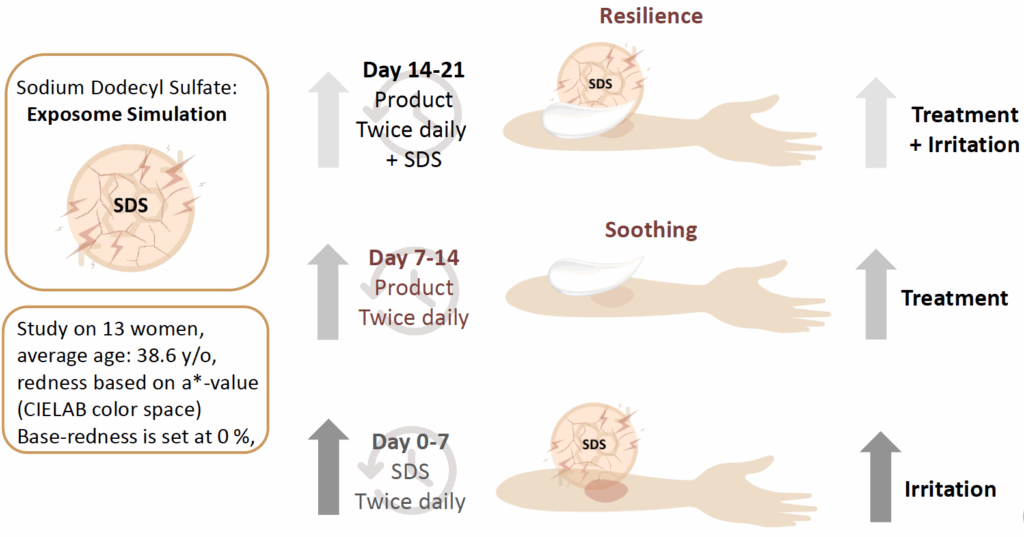
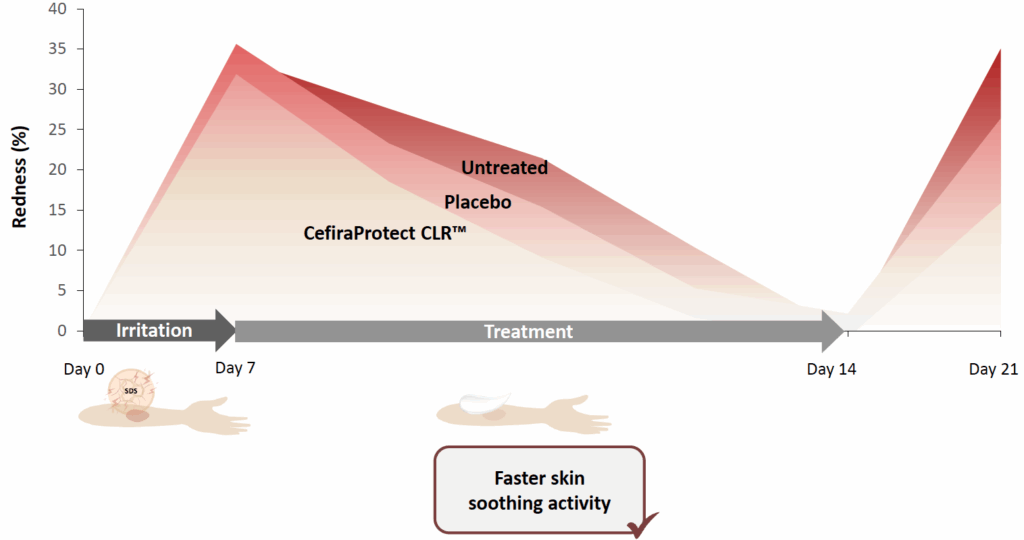
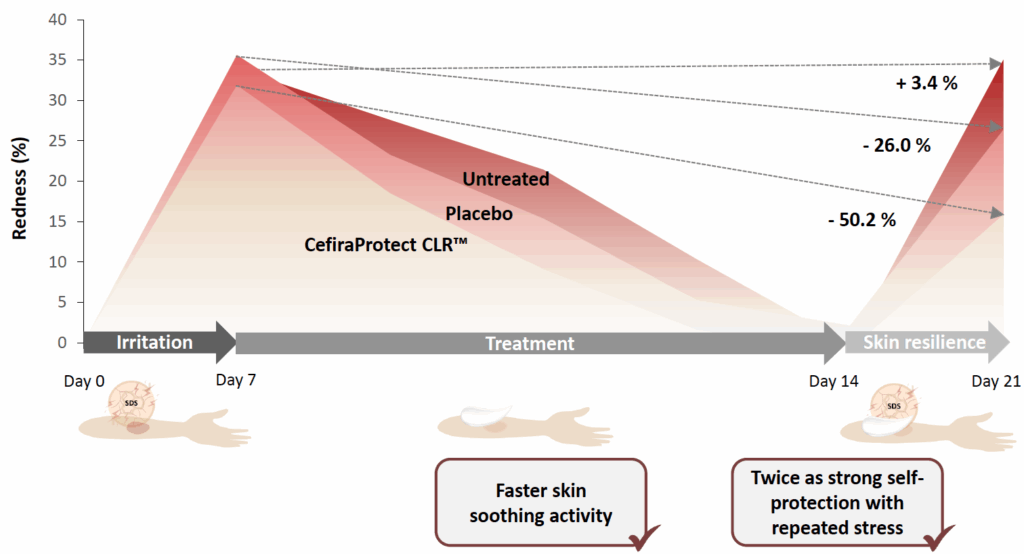
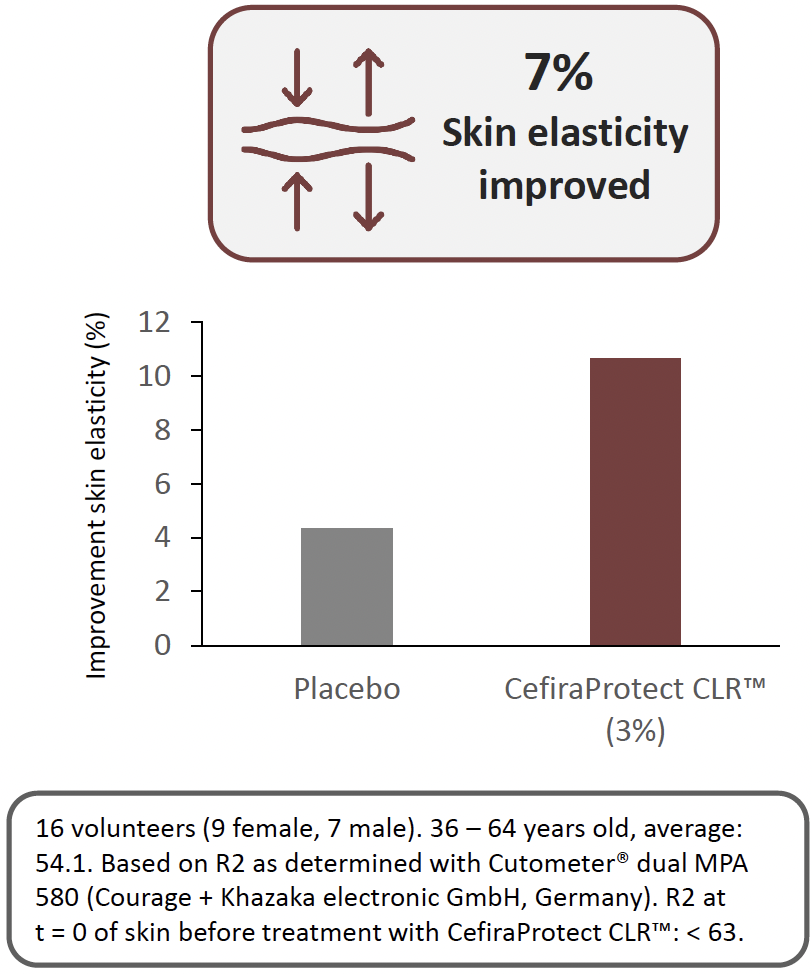
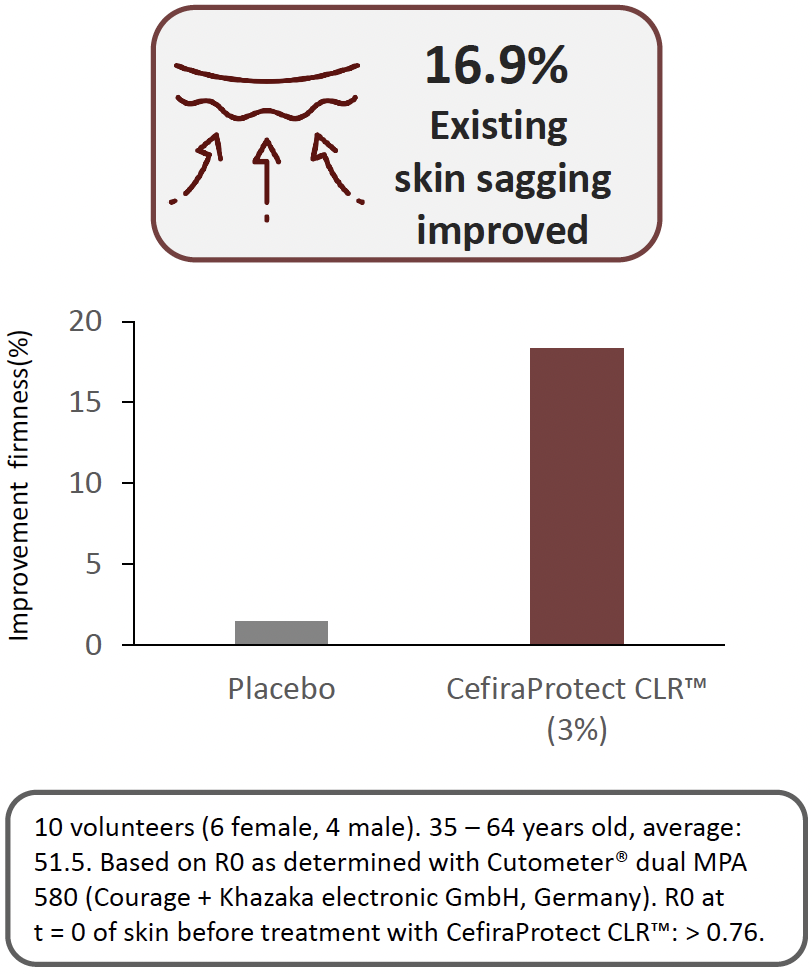
For development teams, this matters at the bench. If a formula reduces oxidative load and calms micro-inflammation, the TJ complex is less likely to be persistently perturbed, and barrier signaling can normalize. That is the practical essence of “barrier intelligence”: stabilize the environment so TJ function and SC lipid organization are maintained without resorting to heavy occlusion. CefiraProtect CLR™ delivers that stabilization in formats formulators actually ship—1–3% use levels, broad pH tolerance (≈3–9), and clean compatibility with modern preservation and SPF routines.
How to Build With It: Practical Formulation Guidance
Emulsions (day creams/fluid SPF companions). Start 1–3% CefiraProtect CLR™ in a low-oil O/W or gel-cream system (pH 5.0–6.5). Pair with lamellar emollients and a balanced humectant system to support SC lipids while the postbiotic lysate addresses ROS and innate defense. Keep electrolyte load modest to preserve viscosity. Validate with TEWL recovery after a standardized surfactant challenge and instrumental redness (e.g., Antera hemoglobin proxy) across 28 days.
Cooling gels and serums. In gel matrices (pH 5.0–7.0), combine with film-forming hydration polymers and a ceramide-compatible carrier for layering under sunscreen. For sensitive-skin targeting, minimize fragrance and potentially irritating chelators. Confirm endpoints via keratinocyte ROS markers ex vivo and in-vivo comfort scoring after repeated cleansing cycles.
Color and long-wear contexts. Where film formers raise dryness and micro-redness risk, CefiraProtect CLR™ can serve as the barrier-intelligent counterweight. Instrumental wear-time studies should include redness drift, self-perceived tightness, and a TEWL snapshot at T0 and end-of-day.
Endogenous Defense as a Design Principle
Consumers want fewer steps with better outcomes—Beautility, not “more stuff.” Postbiotics provide a scientifically coherent way to deliver that: non-viable, standardized preparations that are stable in modern formats and that help the skin do more of its own heavy lifting. The ISAPP consensus gives you the definitional clarity to speak precisely; mechanistic and clinical papers on topical postbiotics demonstrate AMP induction, reduced pathogen pressure, ROS control, and barrier-gene support. Taken together, this is a technology class built for daily resilience rather than episodic rescue.
CefiraProtect CLR™ sits squarely in that vector. Its kefir-derived postbiotic design, protein-protection positioning, and barrier/elasticity outcomes make it a credible backbone active for minimalist systems, sensitive-skin lines, and SPF-compatible day care. For formulators, the value is straightforward: one active that advances barrier intelligence across multiple stress models, with the handling range and INCI transparency you need to ship globally.
Deploying Postbiotic Self-Defense
Barrier problems today are not solved by hydration alone. They’re solved by teaching the skin to protect itself—lowering ROS where it starts, preserving protein integrity, supporting tight junctions, and nudging innate defense in the right direction. That’s what a good postbiotic brings to the bench and, ultimately, to the face. Build your next barrier-first formula around CefiraProtect CLR™ and measure what matters: TEWL recovery after stress, redness reduction, protein-oxidation proxies, and comfort over time.
Need a barrier-first active that plays nicely under SPF and makeup? Submit a sample and dossier request for CefiraProtect CLR™ or connect with your sales manager for base-by-base guidance.
Resources:
- Kammeyer, A., & Luiten, R. M. (2015). Oxidation events and skin aging. Ageing research reviews, 21, 16–29. https://doi.org/10.1016/j.arr.2015.01.001
- Papaccio, F., D Arino, A., Caputo, S., & Bellei, B. (2022). Focus on the Contribution of Oxidative Stress in Skin Aging. Antioxidants (Basel, Switzerland), 11(6), 1121. https://doi.org/10.3390/antiox11061121
- Salminen, S., Collado, M.C., Endo, A. et al. The International Scientific Association of Probiotics and Prebiotics (ISAPP) consensus statement on the definition and scope of postbiotics. Nat Rev Gastroenterol Hepatol 18, 649–667 (2021). https://doi.org/10.1038/s41575-021-00440-6
- Brandner, J. M., Zorn-Kruppa, M., Yoshida, T., Moll, I., Beck, L. A., & De Benedetto, A. (2015). Epidermal tight junctions in health and disease. Tissue barriers, 3(1-2), e974451. https://doi.org/10.4161/21688370.2014.974451
- Kirschner, N., Houdek, P., Fromm, M., Moll, I., & Brandner, J. M. (2010). Tight junctions form a barrier in human epidermis. European journal of cell biology, 89(11), 839–842. https://doi.org/10.1016/j.ejcb.2010.07.010
- Rosignoli, C., Thibaut de Ménonville, S., Orfila, D., Béal, M., Bertino, B., Aubert, J., Mercenier, A., & Piwnica, D. (2018). A topical treatment containing heat-treated Lactobacillus johnsonii NCC 533 reduces Staphylococcus aureus adhesion and induces antimicrobial peptide expression in an in vitro reconstructed human epidermis model. Experimental dermatology, 27(4), 358–365. https://doi.org/10.1111/exd.13504
- Blanchet-Réthoré, S., Bourdès, V., Mercenier, A., Haddar, C. H., Verhoeven, P. O., & Andres, P. (2017). Effect of a lotion containing the heat-treated probiotic strain Lactobacillus johnsonii NCC 533 on Staphylococcus aureus colonization in atopic dermatitis. Clinical, cosmetic and investigational dermatology, 10, 249–257. https://doi.org/10.2147/CCID.S135529
